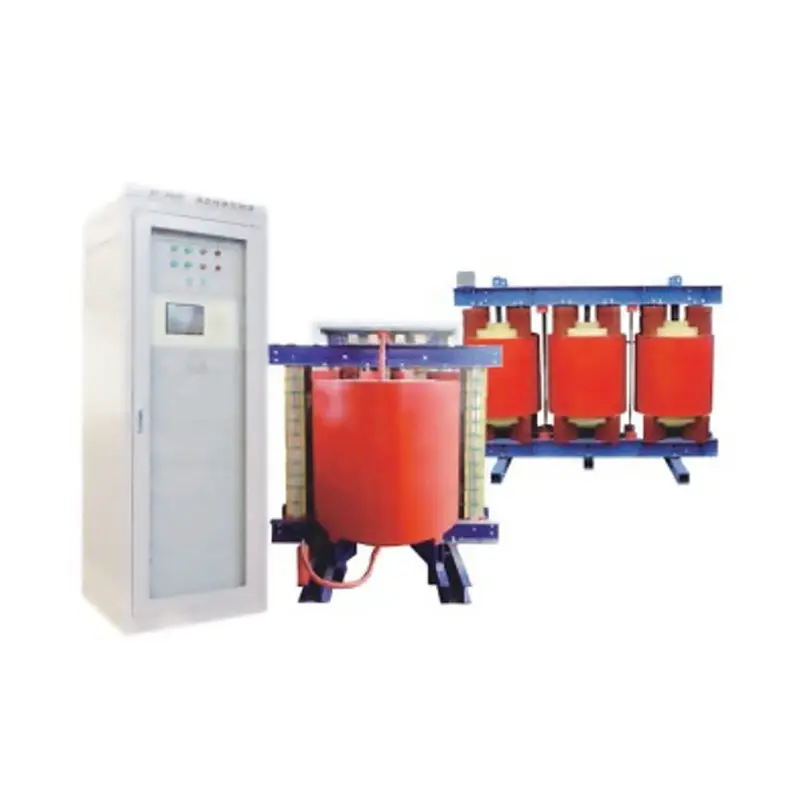
Complete sets of phase-controlled arc suppression coils are an important part of the power distribution network. This device, also known as the "high short-circuit impedance type", plays a vital role in ensuring the effective and safe distribution of electrical energy. In this blog, we’ll take a closer look at the structural principles of this coil and its significance in optimizing power distribution systems.
Phase controlled arc suppression coils are designed with a primary winding connected to the neutral point of the distribution network. This primary winding serves as the working winding. In addition, the entire device includes a secondary winding, which serves as a control winding. The control winding is connected in reverse to the two thyristors, creating a short circuit. This configuration allows precise regulation of the short-circuit current in the secondary winding by manipulating the capacitor.
One of the key advantages of phase-controlled arc suppression coils is their ability to effectively suppress arcs and improve power distribution quality. Its high short-circuit impedance characteristics ensure that harmful arc faults are effectively controlled, reducing the risk of electrical fires and minimizing equipment damage. By providing effective arc suppression, the coil helps maintain system stability and reliability.
In addition, the dynamic adjustment capability of the control winding enables active compensation of reactive power. This compensation capability not only improves voltage stability, but also optimizes power factor and ensures efficient use of electrical energy. By improving power distribution efficiency, phased arc suppression coils help reduce energy losses and overall operating costs.
The safety of power distribution networks is of paramount importance, and the design of phased arc suppression coils prioritizes the protection of equipment and personnel. The arc-extinguishing capabilities of the coil significantly reduce the risk of explosion and equipment failure due to arc faults. By promptly detecting and suppressing arc faults, the coil increases the system's resistance to external faults, ensuring a safer working environment for operators.
In addition, the advanced control mechanism of the phase-controlled arc suppression coil enables fast response in fault situations. Thyristor-based control systems facilitate high-speed dynamic control and can quickly adjust to changing load conditions. The coil's ability to effectively suppress arc faults and mitigate high fault currents adds additional reliability to the distribution network, minimizing downtime and optimizing system performance.
Complete sets of phase-controlled arc suppression coils are widely used in various industries such as power generation, industrial plants, and commercial buildings. Its wide range of benefits, including improved power distribution efficiency, enhanced safety and reliability, make it an indispensable component in modern electrical systems.
In summary, phase-controlled arc suppression coils are key components for efficient power distribution. Its solid structural principles, coupled with advanced control mechanisms, ensure the safe and reliable operation of the power grid. By effectively suppressing arc faults and optimizing power distribution efficiency, the coil plays a vital role in achieving smooth and efficient power supply, benefiting the industry and end-users.
Post time: Nov-18-2023